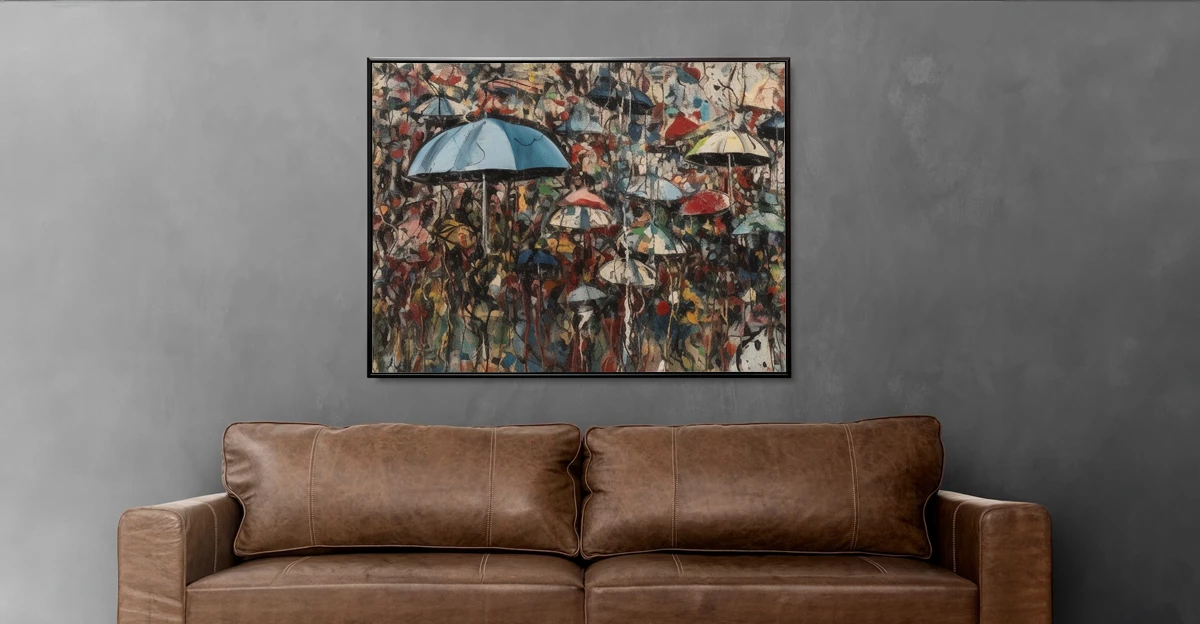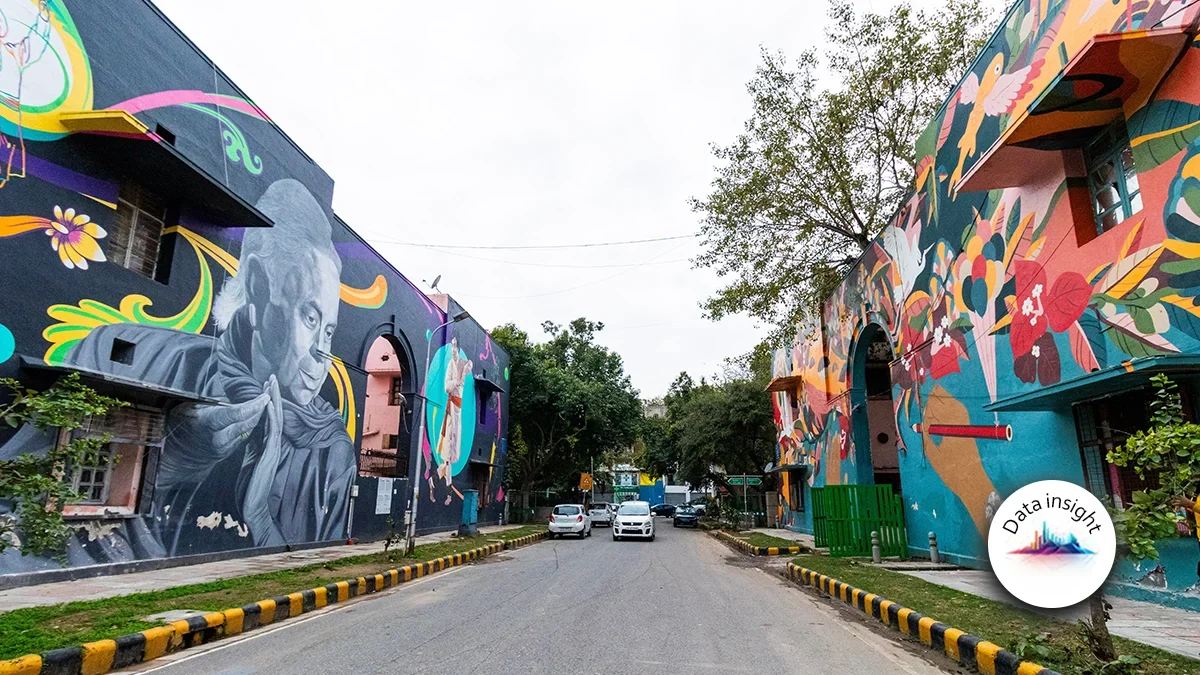• The market for fine art is growing in Asia.
• Demand for insurance is rising but appears to lag behind the art market itself.
• Reasons include a lack of information, limited product options, and collector’s perception of insurance value.
• Insurers faces challenges to increase product pool — these include how to deal with appraisals, a lack of standardised valuations, and managing different regulatory environments.
• However, new technology and improved analytics could help insurers improve risk assessment models and provide a greater range of products.
Economic prosperity, the emergence of art hubs, and a general increase in art market sophistication are driving growth in Asia Pacific’s fine art industry — in terms of both active collectors and those showing an interest in investing in it.
The segment is also increasingly aware of the importance of insurance for their pieces, however, demand for fine art insurance appears to lag behind the growth of the art market itself.
Calvin Hui, the Co-founder and Chairman of 3812 Gallery in Hong Kong, believes one of the reasons is that collectors find it difficult to find information, much less coverage, due to a limited number of specialist insurers in the space.

Calvin Hui
Co-founder and Chairman of 3812 GalleryHui says insurance should be an integral part of the collecting process, but the shortage of information and options contrasts the degree of importance.
“When you acquire a piece of art from a gallery, an art fair or an auction house, you need to think about the art insurance issue before shipment and transportation of a piece. However, it’s quite a specialist area, and I’ve found many collectors are lacking channels for acquiring information and knowledge of how to protect their art acquisitions and collections with art insurance,” Hui told Re(in) Asia.
Hui pointed out that the lack of insurers and agents specialising in the field across Asia means collectors are finding it a challenge to find solutions that cater to their diverse requirements.
“As more and more people now collect art, the market needs more dynamic insurance companies to offer more fine art and luxurious collectables products to meet the needs of the growing number of collectors,” he said.
Current market
Fine art, antiques and other collectables have emerged as viable alternative investments. But, as a class, they face unique risks that can drastically impact the value, like damage from water or smoke, transportation accidents, and, more rarely, thefts. Each of these requires specific insurance protection.
It is these risks that owners and gallery operators are most concerned with and the market for this type of specific insurance for art may be underdeveloped.
Jennifer Scally, Head of Fine Art & Specie of Asia at AXA XL, spoke to (Re)in Asia and said many collectors often rely on basic home or content policies. These may not be sufficient. Home insurance policies can cover art pieces when specified, but they often have limits on coverage. In Hong Kong, this can top out at around HK$200,000 (US$15,570).
Another growing area is title insurance. With a lack of regulation or widely accepted international standards, art title insurance policies allow collectors to secure ownership of art when it changes hands. Speaking in the ArtTactic podcast, Mary Bushman, president of ARIS Title Insurance, pointed out the importance of this type of protection against issues like creditor claims or any art that may have been purchased from someone who may not have held a title.
A growing market
The market opportunity for fine art insurance in Asia is potentially huge.
“Looking forward, the fine art insurance market is anticipated to rise at a considerable rate, as evidenced by some insurers expanding their offerings, and others entering into the market to provide coverage for a broader range of collections,” Scally tells Re(in) Asia.
Deloitte has estimated that the global rare and collectables market is worth around US$1.7 trillion, of which 3-4% is traded annually. Asia accounts for about US$455bn of that. The emergence of art hubs in Hong Kong, Seoul, Shanghai, Taipei, and Singapore is changing the market, creating new opportunities for investment, and encouraging a more professional approach to art collecting and investing.
As investing in art grows and becomes more professional, the demand for products to protect those assets will rise. According to Verified Market Research, the global fine art insurance market is expected to grow at a compound annual growth rate of 7.62% to US$796m in 2028, up from US$461m in 2020.
“Fine art insurance in Asia has been gaining traction in recent years due to the growth of the art market and an increasing number of high-net-worth individuals and art collectors in the Asia Pacific region. The expansion of the Asian art market, especially in countries or regions like mainland China, Hong Kong, and Singapore, has led to a greater awareness of the importance of art insurance,” an analyst from MarkWide Research told (Re)in Asia.
Limited carriers
There are a handful of specialist carriers in the market, including AXA XL, Chubb, Sotheby’s Insurance, and Japan’s Tokio Marine Highland, but their number is tiny compared to other lines of business. The same applies to brokers, for which there are few with domain expertise.
Scally believes one of the reasons there aren’t more players is because a large number of collectors still fail to appreciate the importance of insuring their assets.
“Although the current offering of fine art insurance is competitive and comprehensive, it’s worth noting that the growth in this market isn’t entirely organic at this point in time. Despite the rising interest in fine arts and collectables, a significant number of collectors remain uninsured, often due to a perception that their collections are not at risk,” said Scally.
The analyst from MarkWide Research also highlights challenges the insurance industry faces, which may discourage more carriers from entering the market, such as how to properly deal with appraisals and a lack of standardised and transparent valuation methods — especially for art pieces with high worth and uniqueness.
Regulations are another consideration. “The regulatory environment for insurance in Asia varies by country, and insurance providers need to navigate local regulations and compliance requirements to offer fine art insurance products,” the analyst said.

Jennifer Scally
Head of Fine Art & Specie of Asia at AXA XLStill, the space is evolving alongside the art industry, driven by advances in technology and the changing needs of the market.
“The usage of digital technologies, such as blockchain, has helped to enhance transparency in art transactions and provenance. This in turn helps to prevent fraud, ensure the authenticity of artworks, and provides a secure digital record of ownership, which is beneficial for insurance purposes,” said Scally.
“By leveraging data analytics and historical claims data, insurers can better anticipate and mitigate risks associated with specific artworks or collections, leading to more precise underwriting”, she added.
MarkWide Research also believes there’s more room for growth in the line of business. “While the market is growing, there are instances where specific specialised products or coverage options were limited. This presents opportunities for insurance providers to further develop and tailor policies to address the evolving needs of art collectors and institutions,” said the analyst.














